13 Found-Footage Horror Films That Feel Too Real
Found-footage horror films have become known for their ability to immerse viewers in terrifying, realistic situations. With their use of shaky cameras, raw performances, and relatable settings, these films create an authentic sense of dread that stays with you long after the credits roll. From isolated settings to everyday scenarios gone horribly wrong, these movies tap into a primal fear that feels all too real. If you’re looking for a spine-chilling experience that feels like you’re right there with the characters, these films will take you on a terrifying ride you won’t soon forget.
This post may contain affiliate links, which helps keep this content free. Please read our disclosure for more info.
The Blair Witch Project (1999)
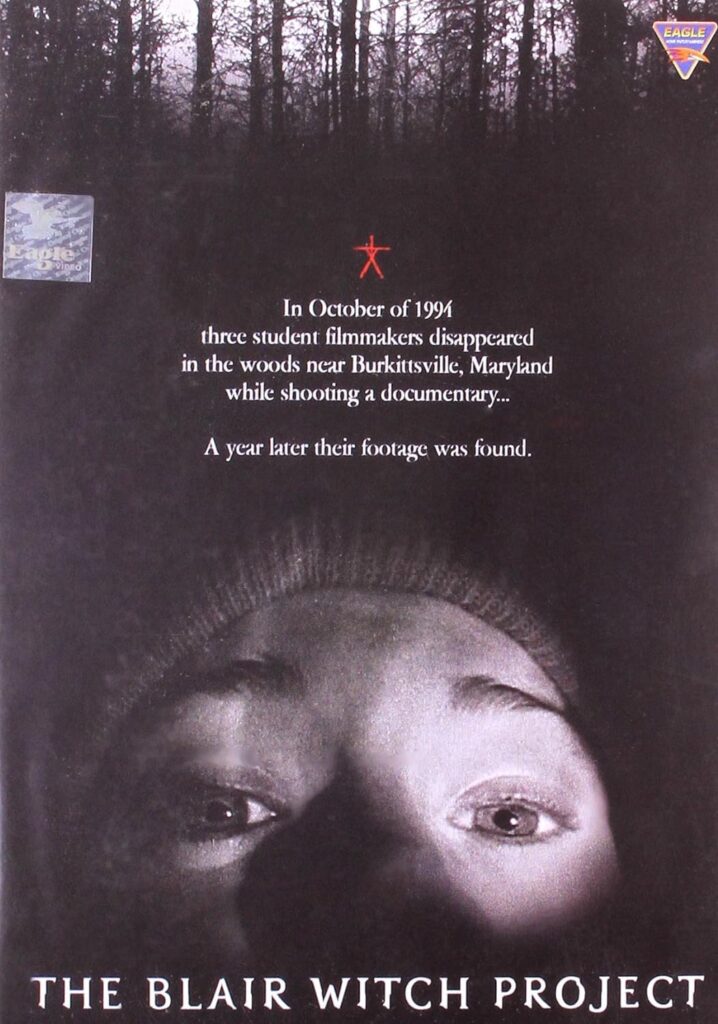
The Blair Witch Project is a landmark film that helped define the found-footage genre. The film follows three student filmmakers as they venture into the woods to document the legend of the Blair Witch, only to experience terrifying events that are captured on camera. What sets it apart from other horror films is its sense of authenticity, achieved through the use of handheld, shaky cameras. This amateur camerawork makes the film feel like actual footage, as if the audience is watching real people in real danger. The setting, a dark, eerie forest, only enhances the realism, as it feels like a place where one could easily get lost, amplifying the fear of isolation. The lack of flashy special effects and reliance on natural sound further increase the immersion, making it easy to forget that this is a work of fiction.
The actors, who were mostly unknown at the time, improvised much of the dialogue, adding to the raw, unscripted feeling that the film carries throughout. As the film progresses, the characters’ descent into fear and confusion feels incredibly believable. The minimalist approach to horror, leaving much to the viewer’s imagination, keeps the tension high and allows the atmosphere to drive the terror. The realness of their reactions to the increasingly bizarre and terrifying events makes the viewer question what is real, creating a deeply unsettling experience. The film’s final moments, where the camera falls to the floor and captures a brief glimpse of the horrific events, are an iconic ending that leaves the audience wondering what they just witnessed, contributing to the lingering dread.
Paranormal Activity (2007)
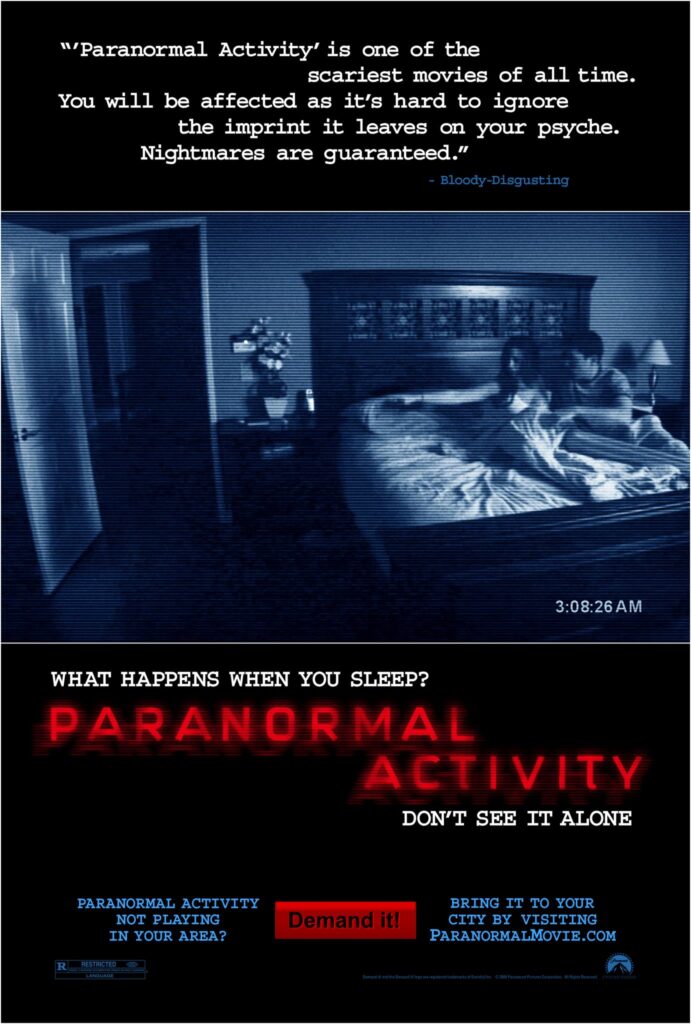
Paranormal Activity is a perfect example of how the found-footage genre can effectively build dread with minimalism. The story centers around a young couple, Katie and Micah, who set up cameras in their home to document strange occurrences, hoping to capture evidence of a haunting. The film relies heavily on static shots of the couple’s bedroom and living areas, with the camera often left running overnight to catch any paranormal activity. The ordinary setting of a suburban home makes it relatable, and it is this very familiarity that heightens the fear. The unsettling silence and mundane, everyday interactions between the couple build a sense of normalcy that gradually shifts into tension. When objects begin to move on their own and strange noises disturb their peaceful home, the juxtaposition of the familiar and the supernatural makes the terror feel more plausible and grounded.
What truly sets Paranormal Activity apart is its subtle approach to horror. The film doesn’t rely on gore or jump scares but instead builds a sense of unease with small, almost unnoticeable events. The quiet nature of the film, with no musical score to manipulate the emotions, allows the sounds of the environment, creaking floors, footsteps, and doors opening, to become the focal point of the suspense. The naturalistic performances from the actors contribute to the realism, with their reactions to the increasingly bizarre and terrifying events feeling completely genuine. The slow burn of the haunting makes the final moments all the more terrifying, as the audience is fully invested in the couple’s fear. The film’s success lies in its ability to make something as ordinary as a house feel like a place where a supernatural presence could truly exist.
REC (2007)
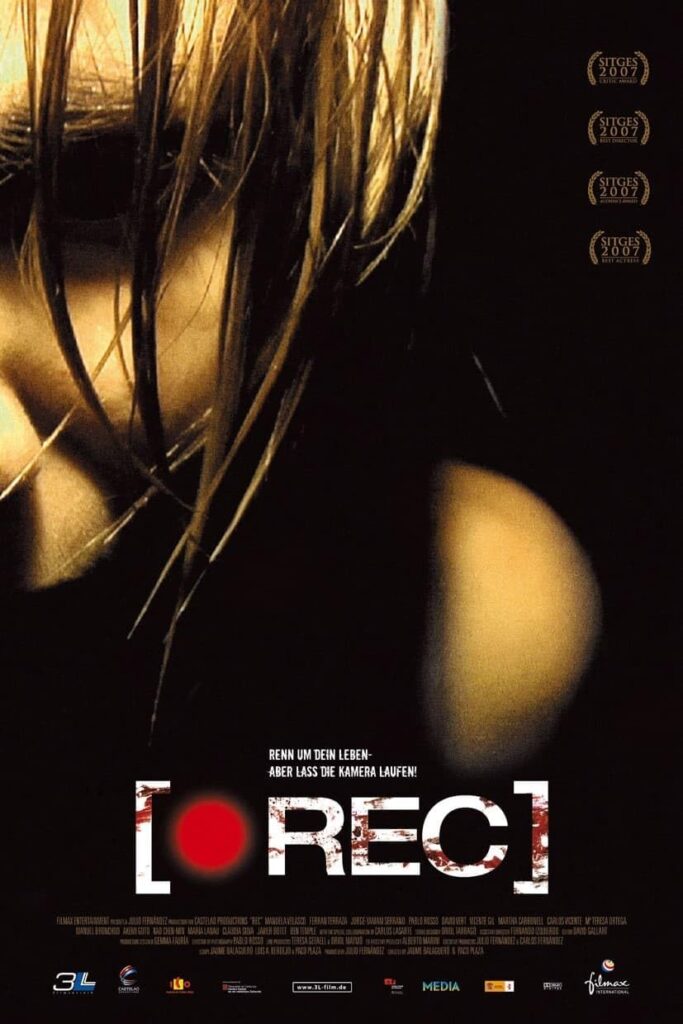
REC is a Spanish horror film that takes the found-footage genre to new heights by immersing the audience in a terrifying zombie outbreak. The film is told from the perspective of a news reporter and her cameraman who are documenting a routine firehouse call. What begins as a simple documentary quickly escalates into a fight for survival as the firehouse becomes quarantined and overrun with infected individuals. The shaky, handheld camera work is integral to the film’s realism, making the audience feel as though they are right alongside the characters, trapped in the building with no way out. The confined space of the firehouse amplifies the sense of claustrophobia, and the panic of the characters is palpable as they try to make sense of the terrifying situation unfolding around them.
The film’s choice to limit the camera’s perspective to what the cameraman can see, paired with the chaotic nature of the situation, creates a sense of urgency and immersion. The combination of fast-moving action, limited lighting, and frequent jumps in the action makes it feel like the footage was captured in real-time. This immediacy intensifies the horror, as the audience experiences every horrifying moment as if it’s happening to them. The lack of over-the-top special effects and the use of practical makeup and prosthetics for the infected creatures add to the authenticity. The film’s visceral approach to horror, along with the claustrophobic environment, makes it feel like a very real and terrifying ordeal.
Cloverfield (2008)
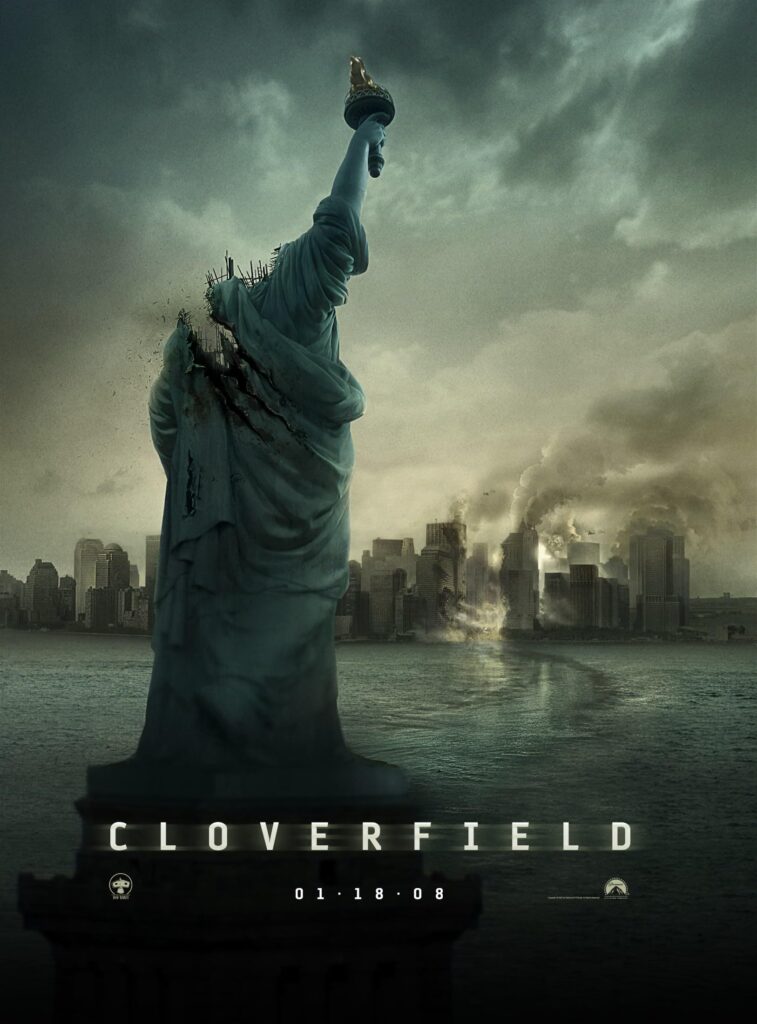
Cloverfield offers a fresh take on the found-footage genre by blending monster horror with the raw immediacy of personal documentation. The film follows a group of friends as they attempt to survive a monstrous attack on New York City, all while filming their experiences on a handheld camera. The use of shaky, first-person perspective shots creates a feeling of chaos and confusion, mirroring the panic and fear the characters feel as they try to navigate the destruction around them. The film’s setting in a familiar urban environment, coupled with the realistic reactions of the characters, makes the scenario feel all too plausible. The lack of any prior explanation about the creature heightens the sense of mystery, allowing the horror to unfold through the eyes of the characters in real-time.
The film’s amateur camerawork and the raw emotions of the characters add a layer of immersion that is often missing in more polished, big-budget monster films. Instead of focusing on extravagant special effects, Cloverfield emphasizes the human element, with the characters struggling to survive amidst the chaos. The constant movement of the camera, as the characters run through the city, creates an immersive experience that feels like you’re experiencing the disaster firsthand. The fear of the unknown, combined with the unpredictability of the monster’s attacks, makes the film feel more grounded and realistic. The film’s conclusion, leaving many questions unanswered, ensures that the terror lingers long after the credits roll.
The Last Exorcism (2010)
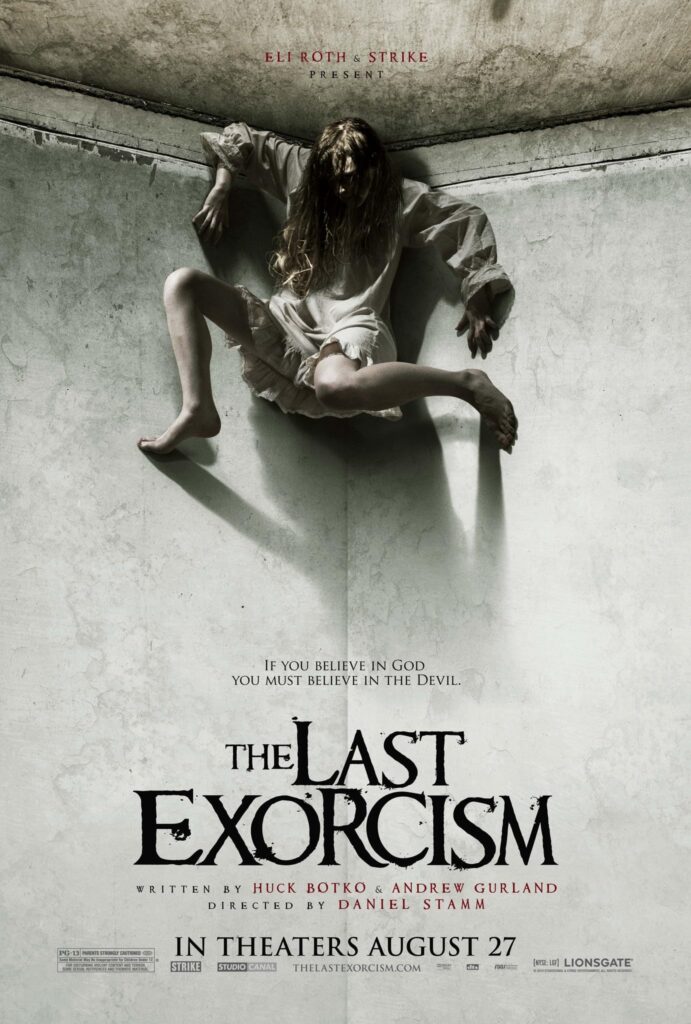
The Last Exorcism combines the found-footage style with the demonic possession subgenre to create a horrifying sense of realism. The film follows a disillusioned preacher who agrees to perform one last exorcism on a young girl who appears to be possessed. The documentary-style filming, with interviews and behind-the-scenes footage, gives the audience the sense that they are watching a real-life exorcism unfold. The use of handheld cameras, often showing the priest’s point of view, puts the viewer right in the midst of the terrifying events. The naturalistic performances from the cast, particularly the girl’s gradual descent into madness, make the possession feel disturbingly plausible, as if this could be happening to someone in real life.
The film’s reliance on atmosphere and psychological terror, rather than relying on flashy special effects, adds to its grounded feeling. The scenes of the exorcism, while terrifying, are shot with a sense of urgency and raw emotion that make them all the more harrowing. The small-town setting adds a layer of realism, making it feel like this could be happening in any rural community. As the film progresses and the true nature of the possession is revealed, the terror builds in a way that feels earned and authentic. The final moments of the film, with their shocking twist, leave the viewer with a lingering sense of dread, making it clear that the terror is far from over.
Trollhunter (2010)
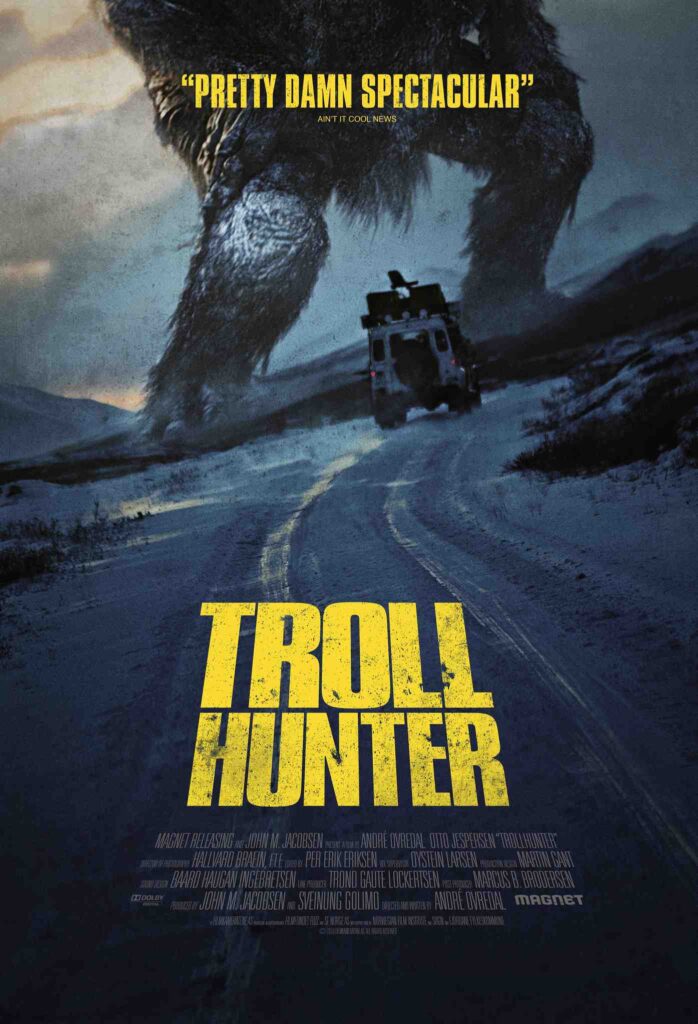
Trollhunter is a Norwegian found-footage film that blends mythology with the realism of modern-day documentary filmmaking. The film follows a group of students who set out to investigate a series of strange happenings in the wilderness, only to discover that trolls, long believed to be mythical creatures, are real. The use of handheld cameras and the documentary format gives the film a sense of authenticity, as the students capture their interactions with the trolls in real-time. The lush, forested landscapes of Norway provide a realistic and immersive backdrop, making the encounters with the trolls feel grounded in the natural world. The film avoids overly flashy CGI, instead opting for practical effects that enhance the realism of the trolls’ appearance and actions.
What makes Trollhunter feel so believable is its attention to detail and the grounded performances from the cast. The characters’ reactions to the trolls’ presence are both genuine and relatable, adding to the immersion of the film. The film uses the mockumentary style to explain the trolls’ existence in a manner that feels plausible, as the hunter and his team share their experiences and provide scientific explanations for the creatures’ behavior. The sense of danger builds as the students venture deeper into the wilderness, with each troll encounter feeling like a real-life survival story. The film’s slow-burning tension, combined with its realistic portrayal of Norwegian folklore, makes Trollhunter one of the most immersive found-footage films to date.
[Rec] 2 (2009)
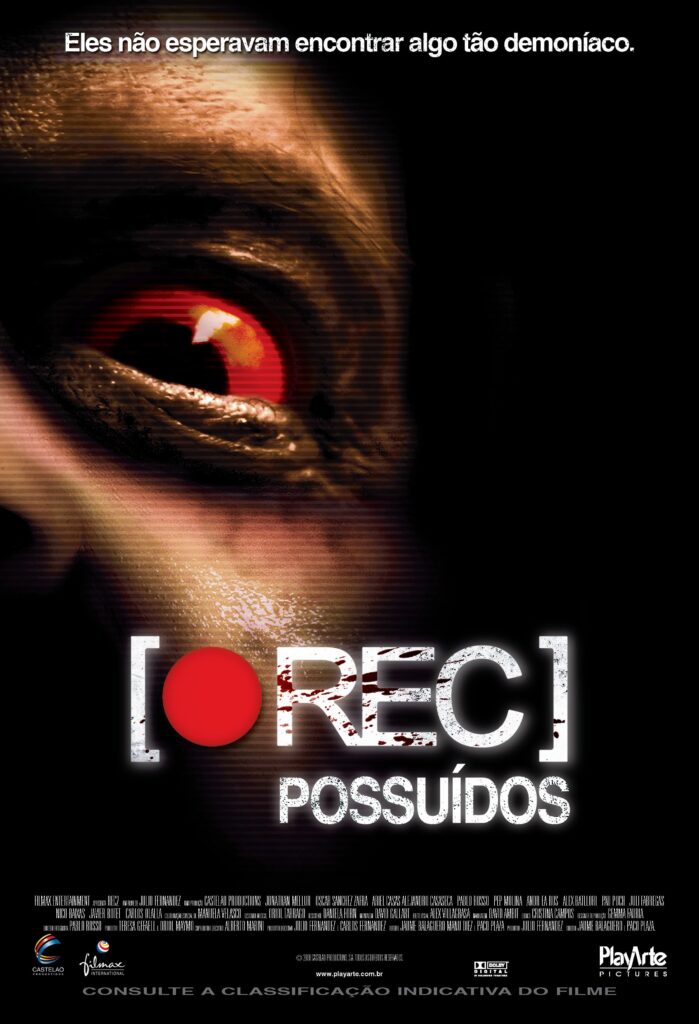
The sequel to [Rec], [Rec] 2, continues the story of a deadly infection spreading through a quarantined building. The film picks up right where the first one left off, with a SWAT team sent into the building to investigate. The use of multiple handheld cameras, with different perspectives from both the soldiers and a group of civilians, adds a dynamic element to the found-footage format. This shifting viewpoint keeps the tension high, as the audience experiences the horror from different angles, each adding its own sense of realism. The confined setting of the building, combined with the chaos of the infection spreading, makes the horror feel both immediate and claustrophobic.
The film’s pacing and the raw, frantic reactions of the characters build a sense of realism that keeps the audience on edge. The SWAT team, despite their training, is just as vulnerable as the civilians, which adds to the film’s sense of helplessness. The use of practical effects and minimal CGI makes the infected creatures feel tangible and real, as their horrifying appearance is more unnerving than any CGI monster could be. The camera work, often shaky and chaotic, further contributes to the immersion, making it feel like the viewer is right in the middle of the terrifying events. The increasing tension and blood-pumping action culminate in a final sequence that leaves the audience breathless, unsure of what they just witnessed.
The Taking of Deborah Logan (2014)
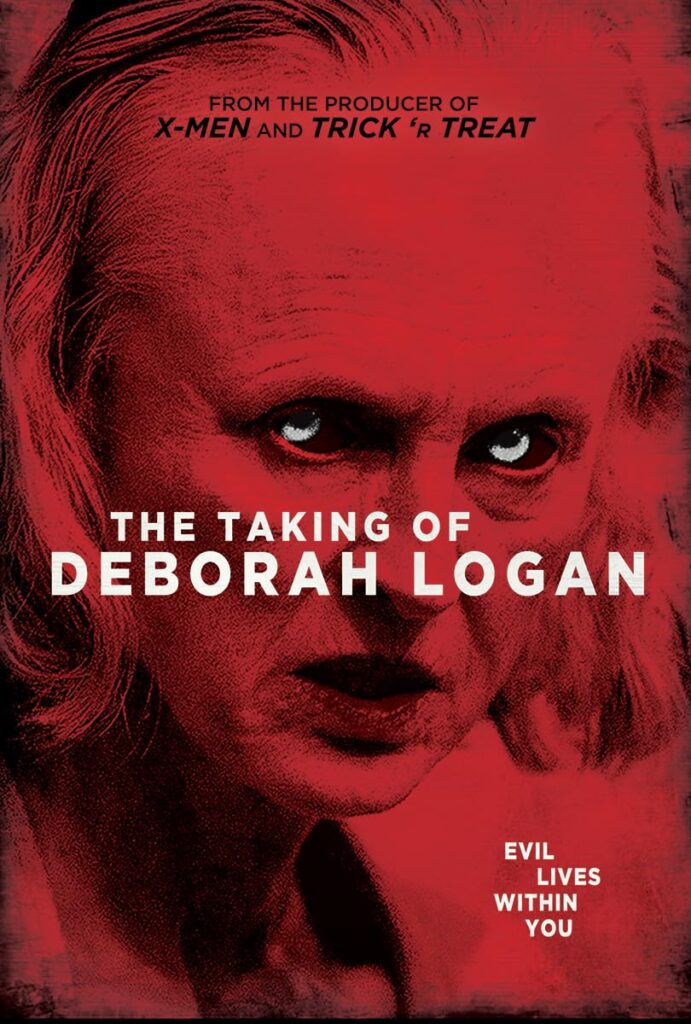
The Taking of Deborah Logan blends the found-footage genre with the horror of Alzheimer’s disease, creating a disturbing and deeply realistic experience. The film follows a documentary crew filming an elderly woman, Deborah, who is suffering from Alzheimer’s, but soon the crew discovers that something far more sinister is happening to her. The use of handheld cameras and the documentary format gives the audience a voyeuristic feel, as if they are watching a real-life situation unfold. The portrayal of Deborah’s deterioration is heart-wrenching and grounded in reality, making the supernatural elements that creep in all the more unsettling. The film doesn’t rely on exaggerated effects but instead builds tension through slow, quiet moments that gradually escalate into horrifying events.
The naturalistic performances of the cast, particularly from the actress portraying Deborah, contribute to the film’s sense of realism. Her deterioration is portrayed with such care and authenticity that it becomes both heartbreaking and terrifying. The medical professionals’ reactions to the strange behavior are also grounded in reality, making the supernatural occurrences feel like an intrusion into an already distressing situation. The documentary-style filming keeps the audience immersed in the story, making them feel as if they are witnessing these events firsthand. The final reveal of what is truly happening to Deborah is a chilling twist that adds a whole new layer of horror to the narrative.
As Above, So Below (2014)
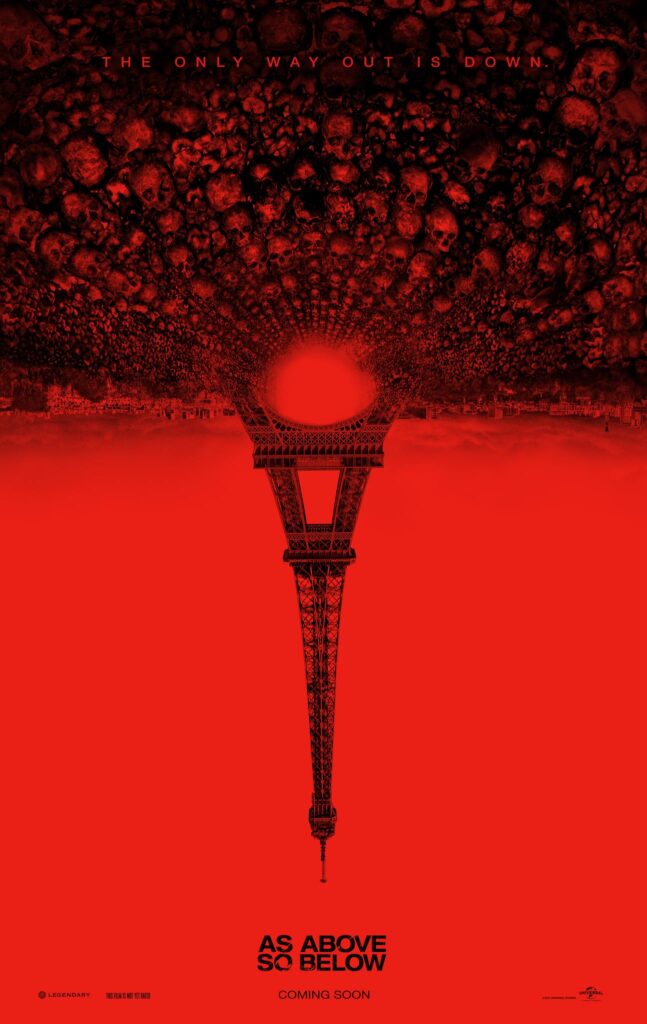
As Above, So Below takes the found-footage genre to the catacombs beneath Paris, where a team of explorers searches for a lost treasure. The claustrophobic environment of the catacombs, with its narrow tunnels and ancient bones, creates a realistic setting for the characters’ descent into terror. The use of handheld cameras in the dark, tight spaces adds a sense of immediacy and disorientation, making the audience feel trapped along with the characters. The atmosphere of dread is amplified by the natural, eerie sounds of the catacombs, from dripping water to the crunching of bones underfoot. This realistic setting makes the supernatural events that unfold feel more grounded in reality, as the characters struggle to survive in a place where danger lurks at every turn.
The film’s sense of realism is further enhanced by the psychological aspects of the story. As the characters venture deeper into the catacombs, they begin to confront their personal demons and fears, making their reactions feel genuine. The slow build of suspense, combined with the claustrophobic setting, keeps the tension high as the group is forced to confront both the dangers of the catacombs and the supernatural forces within them. The found-footage format adds to the immersion, as the viewer feels like they are experiencing the horrors firsthand. The film’s atmosphere, grounded in both real-world locations and emotional struggles, creates a deeply unsettling experience.
The Poughkeepsie Tapes (2007)
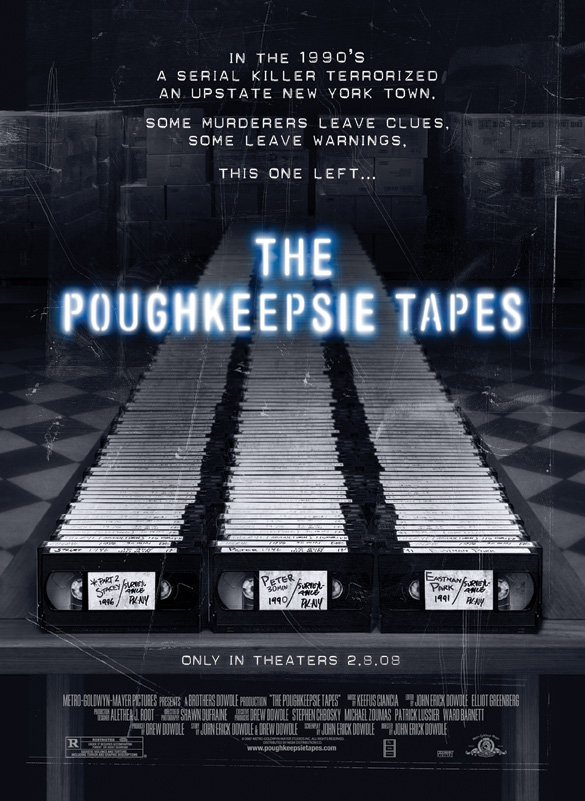
The Poughkeepsie Tapes takes a chilling documentary-style approach to a serial killer’s reign of terror, with the found-footage aspect showing the horrifying tapes left behind by the killer. The footage, which includes disturbing interviews with police officers, victims, and experts, creates a sense of realism, as if the viewer is watching the actual investigation unfold. The grainy, unsettling footage of the killer’s actions, combined with the real-world elements of the documentary, blurs the line between fiction and reality. The amateur camera work and shaky hand-held shots create an unpolished look that feels like actual investigative footage, amplifying the disturbing nature of the content.
The film’s unrelenting portrayal of the killer’s actions is what makes it feel so real. The lack of a traditional narrative structure and the fragmented way the footage is presented keep the viewer on edge. The film relies heavily on atmosphere and the terror of what is unseen rather than focusing on gore, which adds to the horror. The chilling interviews with law enforcement and the psychological exploration of the killer’s mind make the events feel grounded in real-life criminal investigations. The haunting nature of the tapes, combined with the real-world setting, makes The Poughkeepsie Tapes one of the most unsettling found-footage films.
The Den (2013)
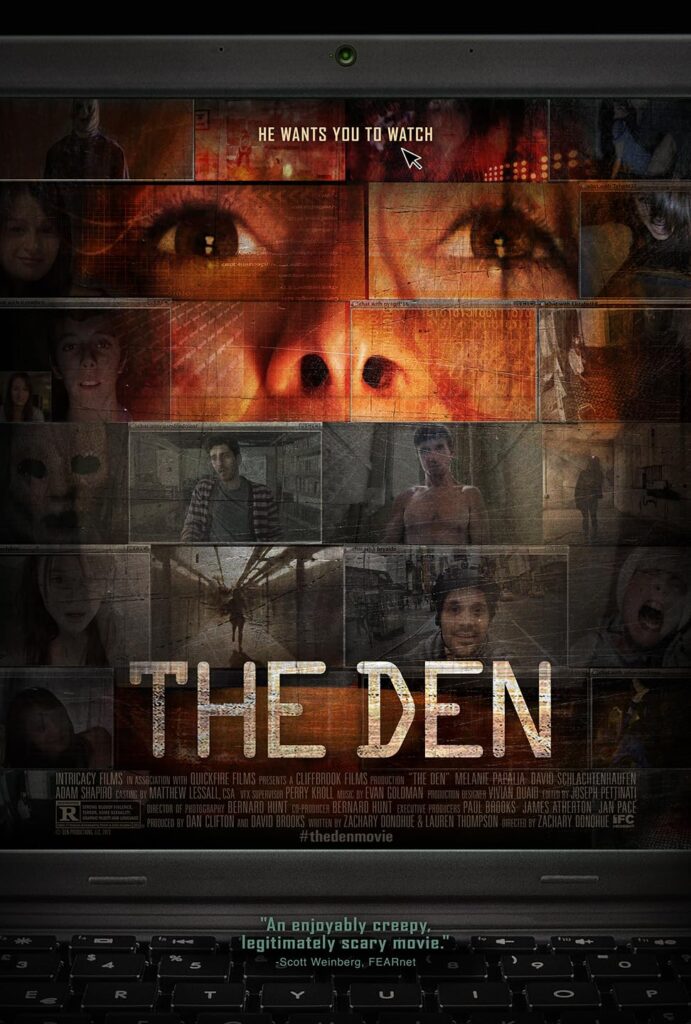
The Den is a found-footage film that uses the concept of online interactions to explore the dangers lurking on the internet. The story follows a college student who is studying the lives of online chat room users, only to become involved in a terrifying series of events after witnessing a murder on her webcam. The film’s use of screen-capture technology and the reliance on webcam footage add a sense of realism, as it feels like watching real online interactions. The characters’ reactions to the events they witness online feel natural and relatable, adding to the immersion. The horror unfolds gradually as the victim becomes entangled in the dangers of the online world, making the film’s events feel like something that could happen to anyone in today’s digital age.
The film’s sense of realism is further heightened by its modern setting and the relatable use of technology. The horror isn’t based on the supernatural but on the terrifying possibilities of the internet, cyberstalking, identity theft, and violence in the virtual world. The found-footage format makes the viewer feel like a silent witness to the crime, as if they are observing the events in real time. The tension builds slowly, with each disturbing moment escalating the sense of dread. The film’s commentary on the dangers of online life, combined with its realistic portrayal of how easily someone can become a victim, makes it feel both relevant and terrifying.
Lake Mungo (2008)
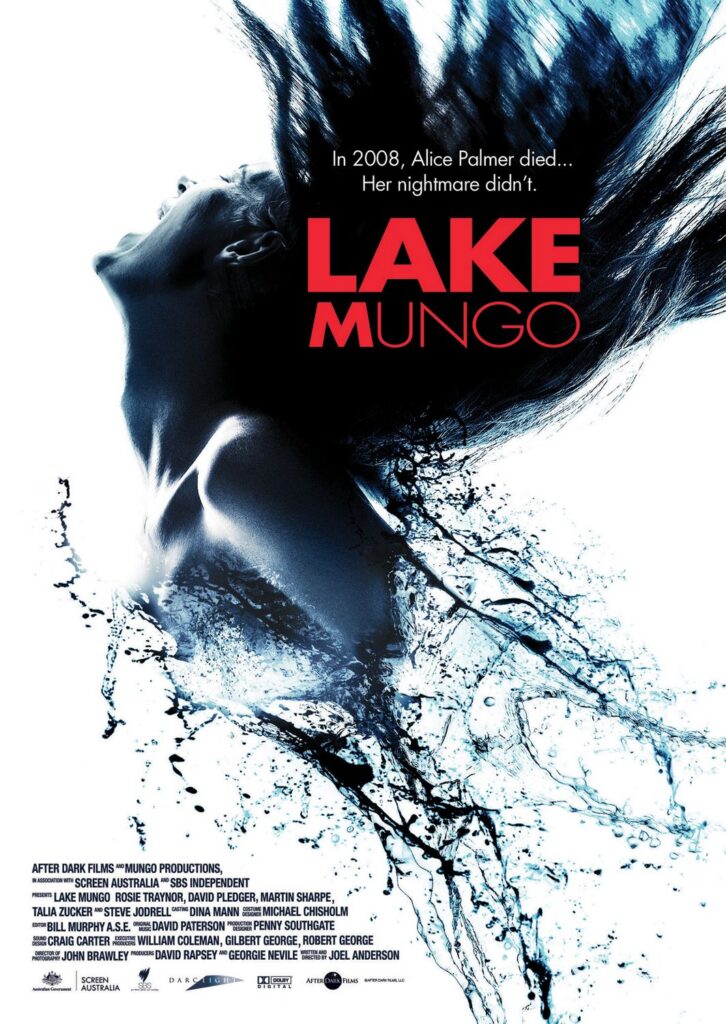
Lake Mungo is an Australian found-footage film that takes a documentary-style approach to a family’s investigation into the mysterious death of their daughter. The film’s use of interviews, photographs, and video footage creates a sense of realism, as if the audience is watching an actual documentary about a family’s grief and search for answers. The amateur camera work, combined with the subdued tone, gives the film a grounded, believable quality. The horror in Lake Mungo doesn’t rely on typical jump scares, but rather on the slow unraveling of a chilling mystery that becomes more unsettling the deeper the family digs. The eerie atmosphere is enhanced by the real-world elements of the investigation, such as police reports and family interviews, making the supernatural events feel more authentic.
The film’s success lies in its ability to combine psychological horror with supernatural elements, creating a story that feels both real and unnervingly strange. The family’s personal grief and their quest for closure make the characters’ reactions feel genuine, adding to the emotional impact. The use of found footage, including video recordings and photographs, gives the film a haunting authenticity, as if the audience is watching a real-life investigation. The slow build of tension, combined with the eerie discoveries the family makes, creates a feeling of unease that lingers long after the film ends. The realistic documentary style and understated horror make Lake Mungo a standout in the found-footage genre.
The Houses October Built (2014)
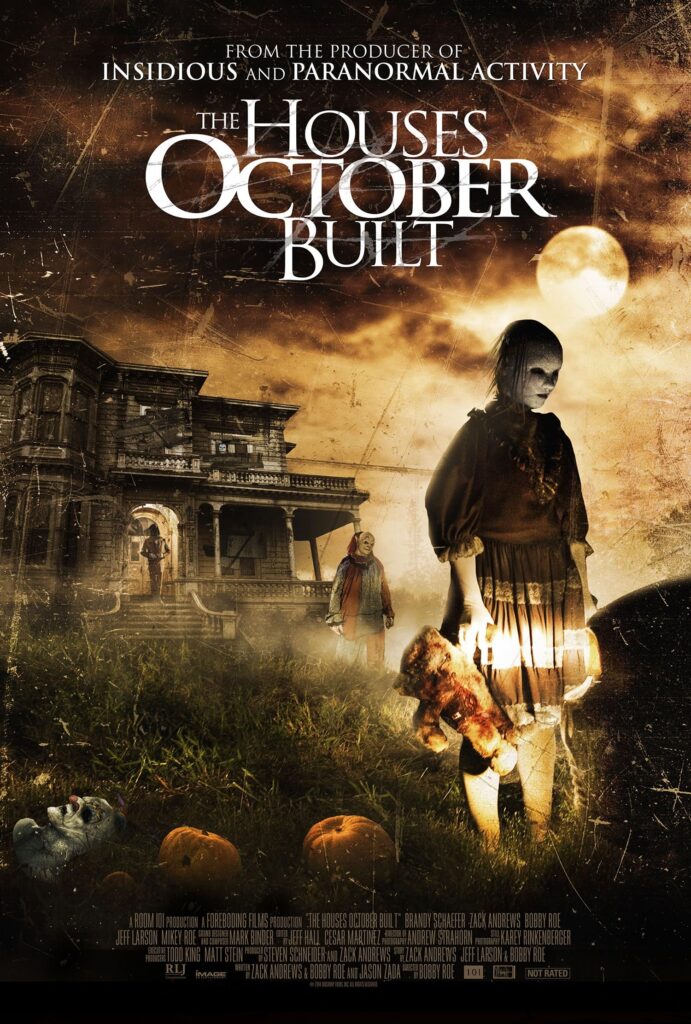
The Houses October Built is a found-footage film that explores the world of extreme haunted houses. A group of friends set out on a road trip to visit the scariest haunted houses in America, but things take a terrifying turn when they become the target of a sinister force. The film’s use of real-life haunted house footage, along with the shaky, handheld camera work, gives it a documentary feel, making the audience believe they are watching actual footage from the trip. The natural reactions of the characters, along with their interactions with real haunted house employees and visitors, create a sense of authenticity that makes the horrors they encounter feel even more unsettling.
The film plays on the idea that haunted houses, while meant to be fun, can sometimes push the limits of terror, blurring the line between what is staged and what is real. The fear builds gradually as the characters encounter increasingly bizarre and disturbing situations. The found-footage style, combined with the sense of realism from the settings and interactions, makes the viewer feel like they are right there with the group. The ambiguity of what is real and what is staged keeps the tension high, and the film’s slow burn towards the terrifying climax ensures that the fear continues to escalate. The grounded setting, with its relatable premise and real-world elements, makes The Houses October Built a terrifying exploration of what happens when the horror becomes too real.
This article originally appeared on Avocadu.
